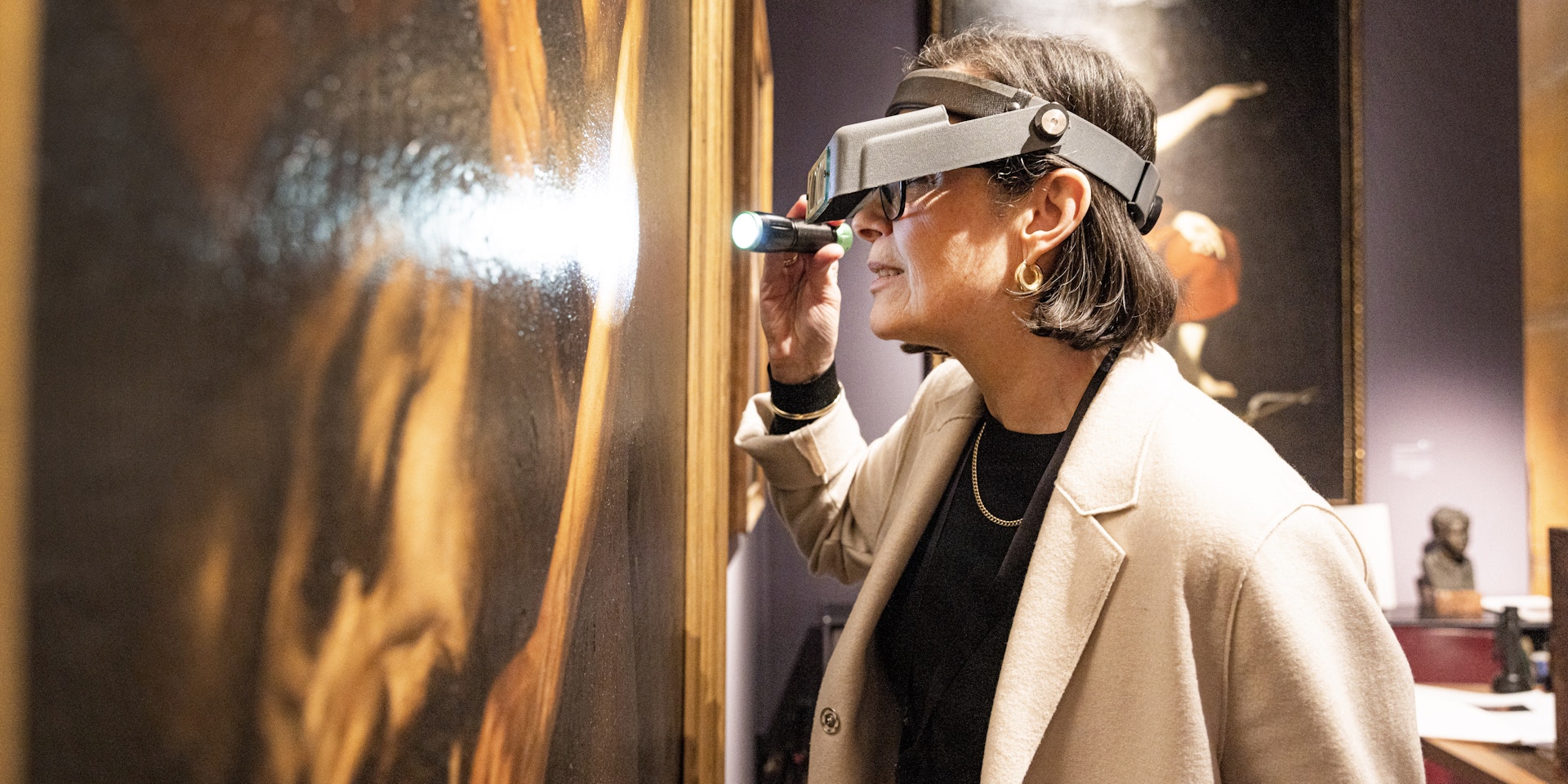
Digital Vetting for TEFAF Online
Set apart by the most meticulous vetting within the digital context
- By Wim Pijbes
- Meet the Experts
TEFAF sets itself apart from other art organizations through the thoroughness of the vetting process; indeed, it is one of the main pillars of our offering. We are dedicated to creating the best possible environment in which collectors, museums, dealers, and galleries can buy and sell the highest quality works of art currently on the market. In regular circumstances, our Vetting Committees are at the Fairs in person prior to opening to judge every object on display to the standards of TEFAF’s vetting guidelines. To uphold these standards within the present times, TEFAF has decided that every object exhibited at TEFAF Online will be subject to TEFAF’s vetting process, to be carried out digitally.
The Importance of Vetting
We have in recent years observed an increasing demand from the market for greater transparency when it comes to acquiring works of art. This trend has a significant impact on the mechanics of selling art at fairs. In order for buyers to acquire works at any of our Fairs with confidence, we must ensure that each work offered by our exhibitors has been meticulously checked and vetted before being offered for sale.
To create a safe and trustworthy environment, all artworks are judged by independent vetting members without commercial interest to ensure as much impartiality as possible. Of course, this is not a comment on the abilities or expertise of our exhibiting dealers. The committees can, at their discretion and when required, seek input from dealers when it comes to vetting a work of art. All change takes time, but this decision has been welcomed by exhibitors and is valued by collectors.
Artworks are judged on three layers: the art-historical layer describes the object’s place in art history, the provenance layer, determines its history and authenticity, and finally its material aspects. The Vetting Committees function is to judge and verify. If an artwork is vetted and approved based on the given standards in our vetting guidelines, it is allowed at the fair. If it doesn’t pass our vetting, it will be removed from the fair.
At regular physical fairs the Scientific Research Team assists our vetters to reveal hidden restorations, give insight into the specifics of used materials and condition, and might even provide information on age and dates. These factors contribute to our comprehensive approach, scientific analysis can visualize what is beyond the reach of the naked eye. For TEFAF Online, in a time of travel restrictions and working in a digital environment, we have had to create a different way of working.
Digital Vetting
Following consultation with the executive committee, members of the board and members of the vetting steering committee, it has been decided that every object exhibited at TEFAF Online will be subject to TEFAF’s vetting process, to be carried out digitally. Even though digital vetting cannot compete with physical analysis supported by a fully equipped scientific research team, TEFAF endeavors to provide the most thorough digital vetting procedure possible within a digital context.
The Art Loss Register will verify all objects presented at TEFAF Online against their database. The statement ‘Verified by the Art Loss Register’ will appear with every verified object. Objects are not accepted for display unless they have been approved by the relevant committee.
TEFAF Online will continue the TEFAF tradition of offering both exhibitor and collector the best possible experience and quality of art, in an all-virtual environment.


